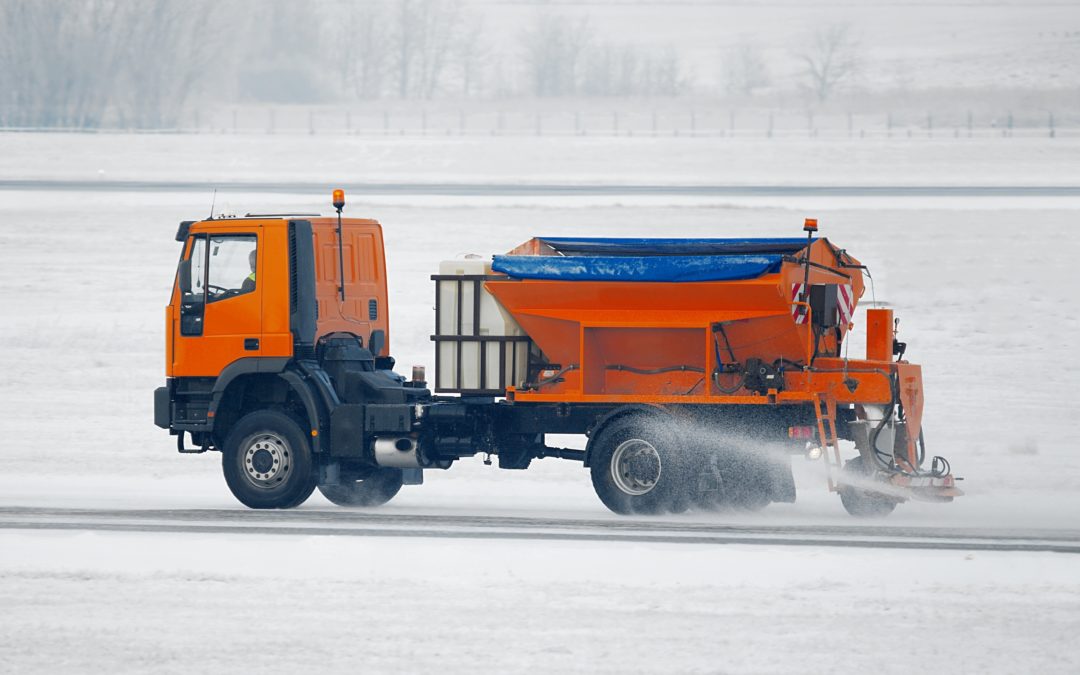
by lakeridge | Oct 14, 2019 | Commercial Paving, Residential Paving
You may have heard that salting asphalt roads, driveways and parking lots damages the pavement. There’s good news and bad news. Hot mix asphalt will not deteriorate when salted for de-icing purposes, but de-icers may exacerbate the effects of the freeze-thaw cycle and worsen existing potholes. Concrete driveways or parking lots are another story. Salt can damage the molecular bonds holding the concrete together, resulting in deterioration, weakened surfaces and compromised weight-bearing capacity. Asphalt driveway and parking lot owners shouldn’t celebrate prematurely though. Using rock salt to de-ice your driveway, parking lot or access roads can have negative consequences for local groundwater and living things, including animals and landscape features. What Are the Negatives of Salting Asphalt Pavement? Hot-mix asphalt is comprised of sand, petroleum and stone aggregate to maximize its stability and durability. One of asphalt’s beneficial attributes is a natural resistance to the potential damages of the freeze-thaw cycle. The asphalt formula also makes this type of pavement resistant to damage by salt. However, if asphalt paving is already in a degraded state, such as being riddled with potholes and cracks for example, the salt may potentially worsen damage caused by the freeze-thaw cycle. Salt will melt the water, which will stay liquid long enough to penetrate deeper and in larger quantities than it would if it were not salted. When the water does eventually freeze, it may further expand cracks and deepen/widen potholes. The salt itself isn’t the root cause but can be a contributing factor if the asphalt paving is poorly maintained or damaged prior to salting. Concrete, on the other hand, is vulnerable to...
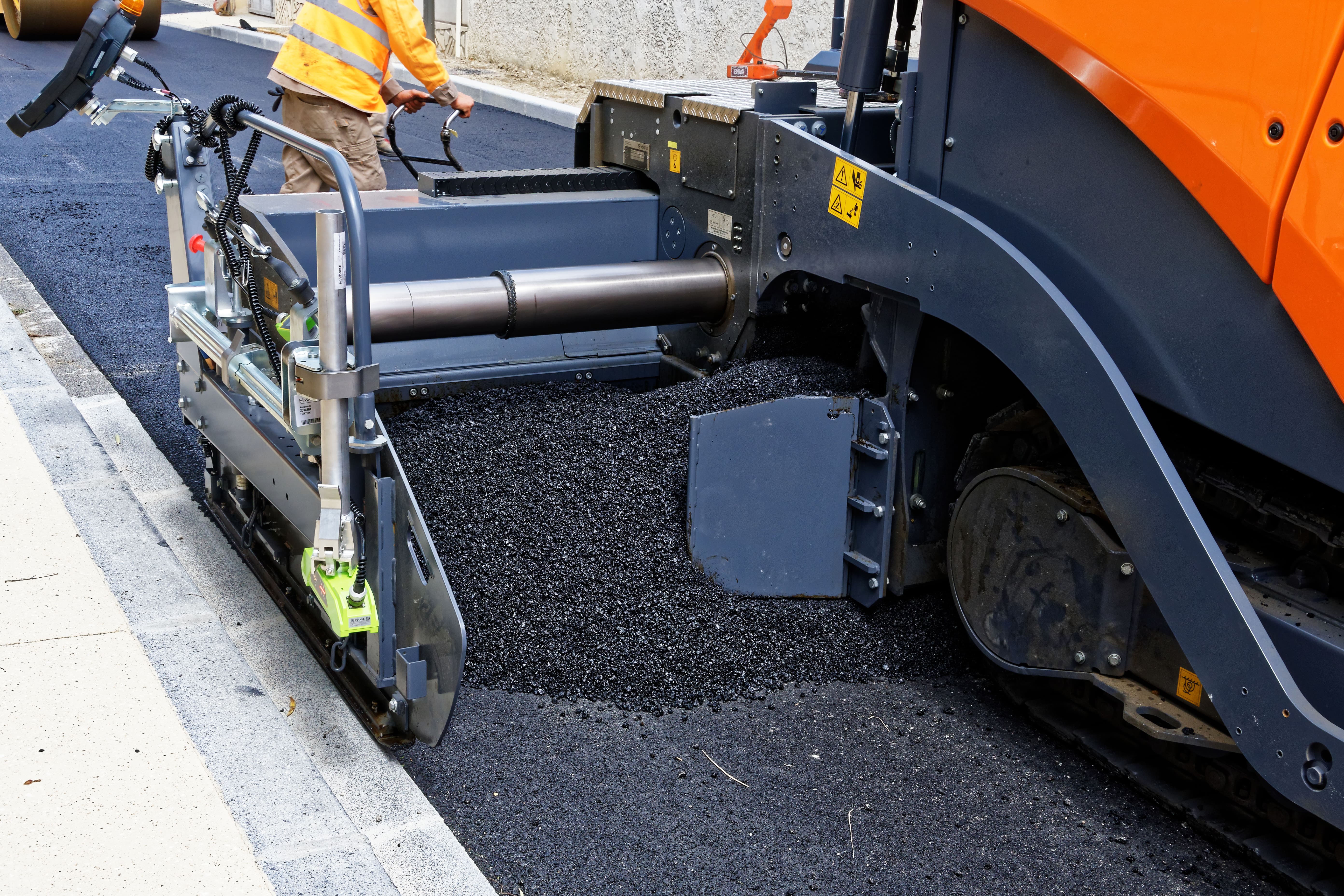
by lakeridge | Oct 14, 2019 | Commercial Paving, Residential Paving
An asphalt overlay is a layer of new asphalt applied over the existing base layer of asphalt on a driveway, parking lot or road. These new layers are generally about 1.5- to 3-inches thick, depending on the demands on the asphalt and the depth of surface asphalt removed. An asphalt overlay should not be considered an adequate alternative to repaving in every case, but it is a way to significantly extend the useful life of your paved surfaces if the base of your pavement is still in good shape. When Is an Asphalt Overlay Appropriate? There are several signs that indicate it’s time for some type of reparative action, whether it’s an asphalt overlay, repaving or just patching. Some of these signs include: Cracks Uneven pavement surface Potholes Promptly having cracks and potholes filled and sealed will extend the life of your driveway or parking lot and prevent those issues from worsening due to weather, heavy use and the passage of time. Fixing defects and damages is also important from a liability standpoint. Potholes are tripping hazards and can damage vehicles. No business wants to see their customers or employees get hurt or damage their property during their visit. The restorative solution you choose should be based on the age of the asphalt pavement and the severity of the issues affecting your asphalt driveway, parking lot or road. If a commercial parking lot was repaved within the past five or 10 years, complete asphalt repaving is likely excessive. However, if potholes and cracks are causing frequent problems, basic patching may not be enough to address the underlying problems. A...
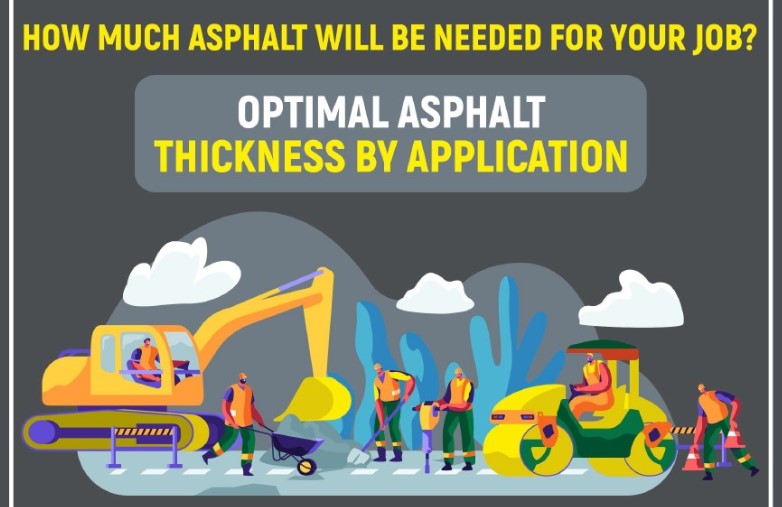
by lakeridge | Sep 20, 2019 | Commercial Paving, Residential Paving
See Full Infographic
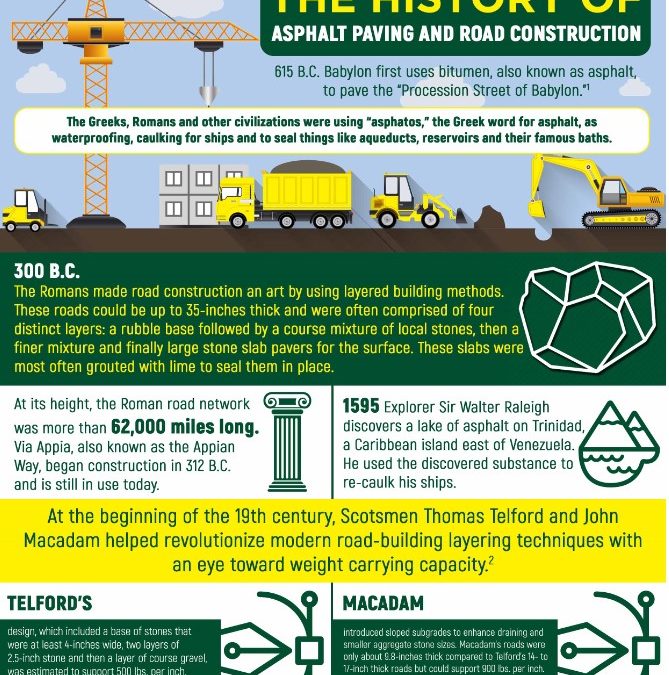
by lakeridge | Aug 12, 2019 | Commercial Paving
Click here to see full infographic or to download

by lakeridge | Jun 25, 2019 | Commercial Paving
How long after asphalt paving is completed can I drive on it? The length of time you should avoid driving on asphalt varies based on the job and weather conditions, but in most cases no more than 24 hours. If the weather is especially hot, which is thankfully rare in the Seattle area, we may recommend 48 hours for proper curing. Can asphalt be poured when it’s raining? It really depends on the asphalt paving contractors, their experience and the asphalt paving machines, materials and equipment they are using. We often have to deal with rainy or drizzly weather and can complete jobs even if the ground isn’t completely dry. The severity of rain and ground saturation may play a role in whether your job can be completed on schedule. We always strive to keep to our deadlines but never pave when the end result may not meet our high expectations. Can it get too cold to perform asphalt paving? In some parts of the world, temperature can impact when asphalt paving can be performed, but temperature is rarely an issue for Lakeridge Paving Company. One of the main variables that impacts whether asphalt paving can be performed at a given temperature is the thickness of asphalt being poured. The thinner a layer of asphalt is, the more quickly it needs to be compacted because it will lose heat at a faster rate than a thicker layer of asphalt. Deeper asphalt pours can be performed in cooler temperatures than shallow asphalt paving. Why should I consider asphalt paving instead of concrete paving for my driveway? Asphalt...
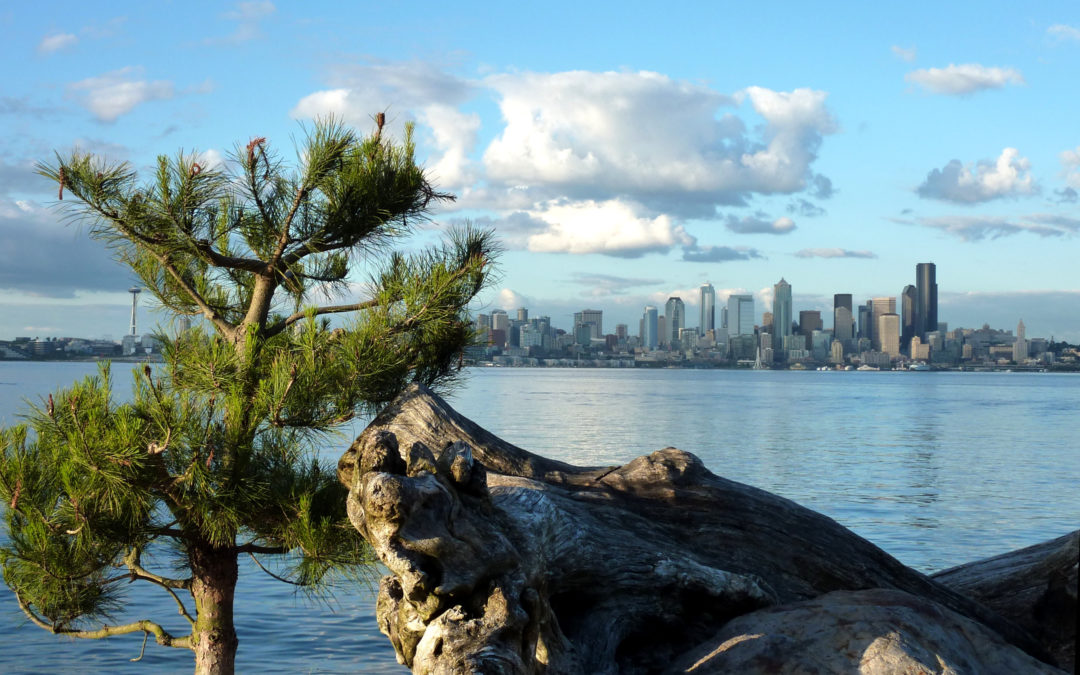
by lakeridge | Jun 25, 2019 | Commercial Paving
Those of us living in the Seattle, Tacoma and Olympia areas of the Pacific Northwest are very fortunate to be surrounded by some of the most beautiful landscapes the nation has to offer. There are countless breathtaking drives to be had around Olympic National Forest, Okanogan-Wenatchee National Forest, the Mt. Baker-Snoqualmie National Forest and Mt. Rainier National Park. The following are six drives that you may want to check out. Even the Islands Have Beautiful Drives Horseshoe Highway The shortest drive on this list, the Horseshoe Highway, is located on Orcas Island. Motorists who want to drive the Horseshow Highway will need to take the ferry that transports passengers and vehicles from Anacortes to Orcas Island, the largest of the San Juan Islands. The Horseshoe Highway takes motorists from Orcas Landing, where the fairy lets off, approximately 18 miles to the Mount Constitution parking lot. On a clear day, the Mount Constitution Lookout also gives visitors a breathtaking view of Mount Baker, Vancouver, Mount Rainier and the Olympic Mountain Range. Whidbey Island The drive through Whidbey Island also requires a ferry ride, this one approximately 20 minutes from Mukilteo. You’ll head from the Ferry to WA-526, then you’ll head west until it becomes WA-20. This drive, approximately 47 miles long, will take you through Langley, vineyards, South Whidbey State Park, 250-year-old trees in old-growth forests, the town of Coupeville and ends at Deception Pass State Park. Along the route are multiple opportunities for exploring places like Ebey’s Landing, Fort Casey State Park and the Meerkerk Rhododendron Gardens. Seattle Area Drives Cascade Valley Heritage Corridor This drive is unique because...








